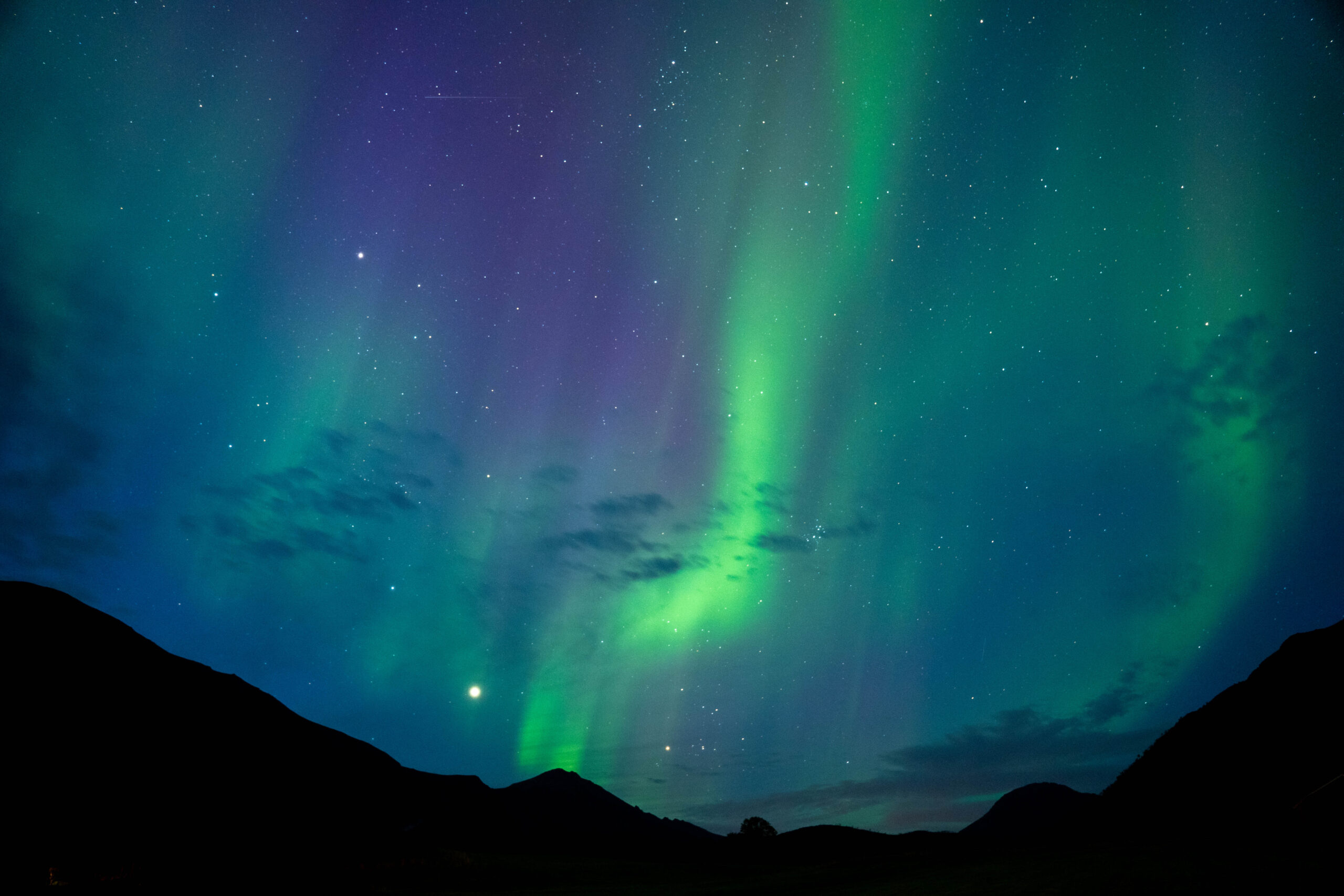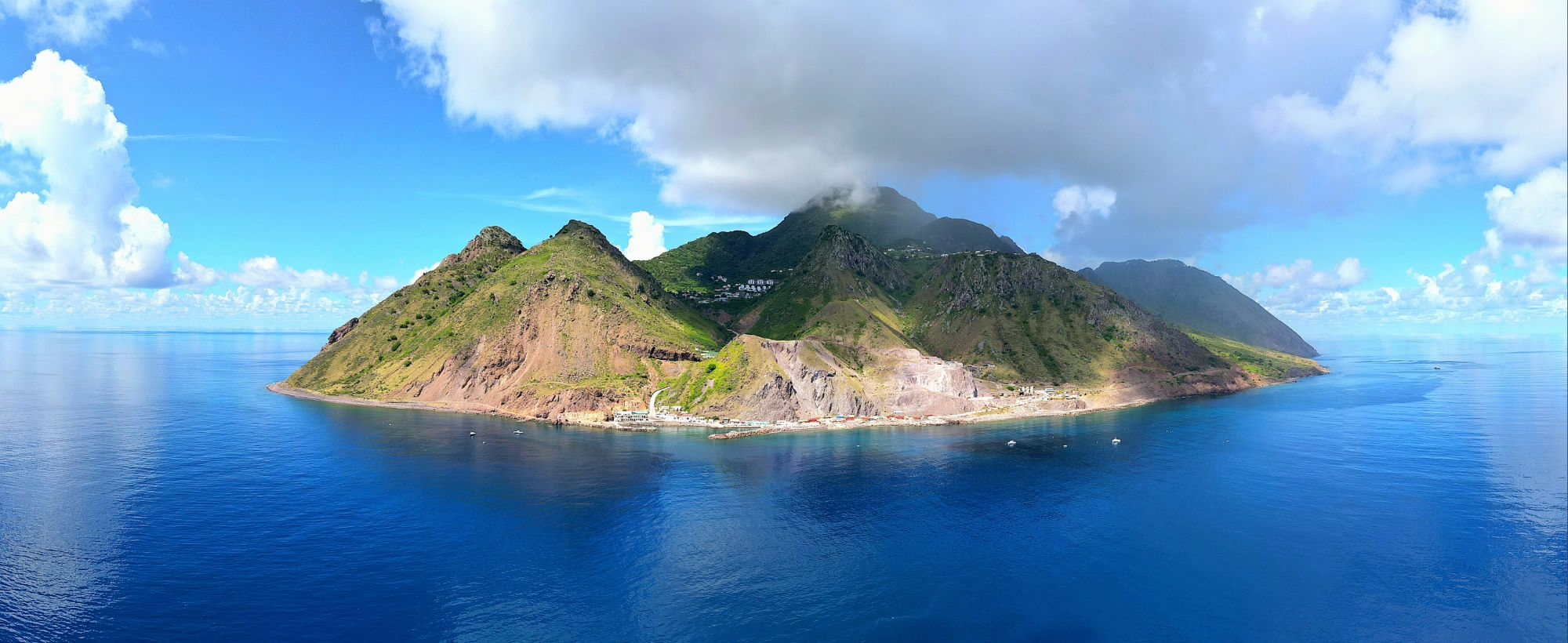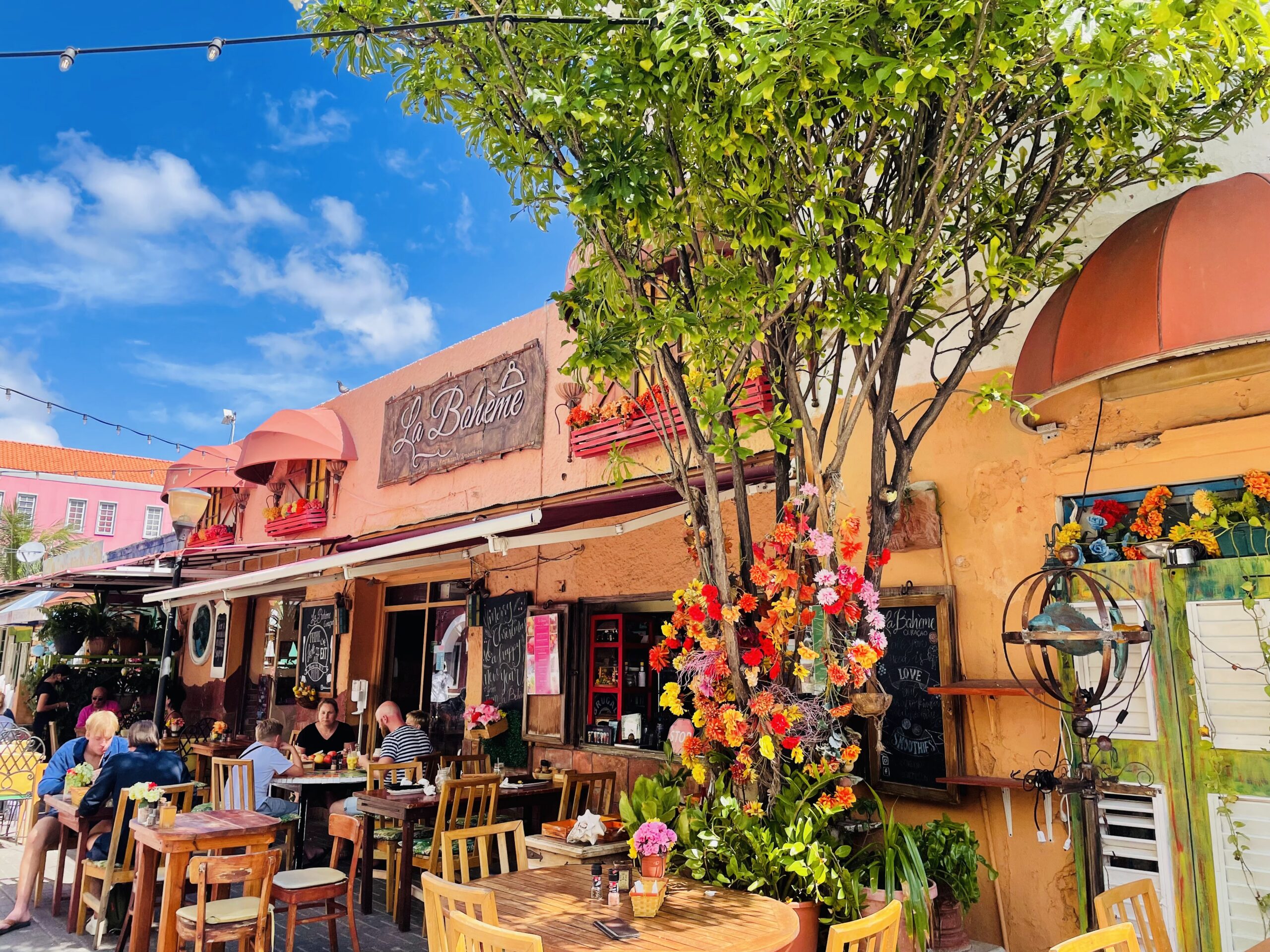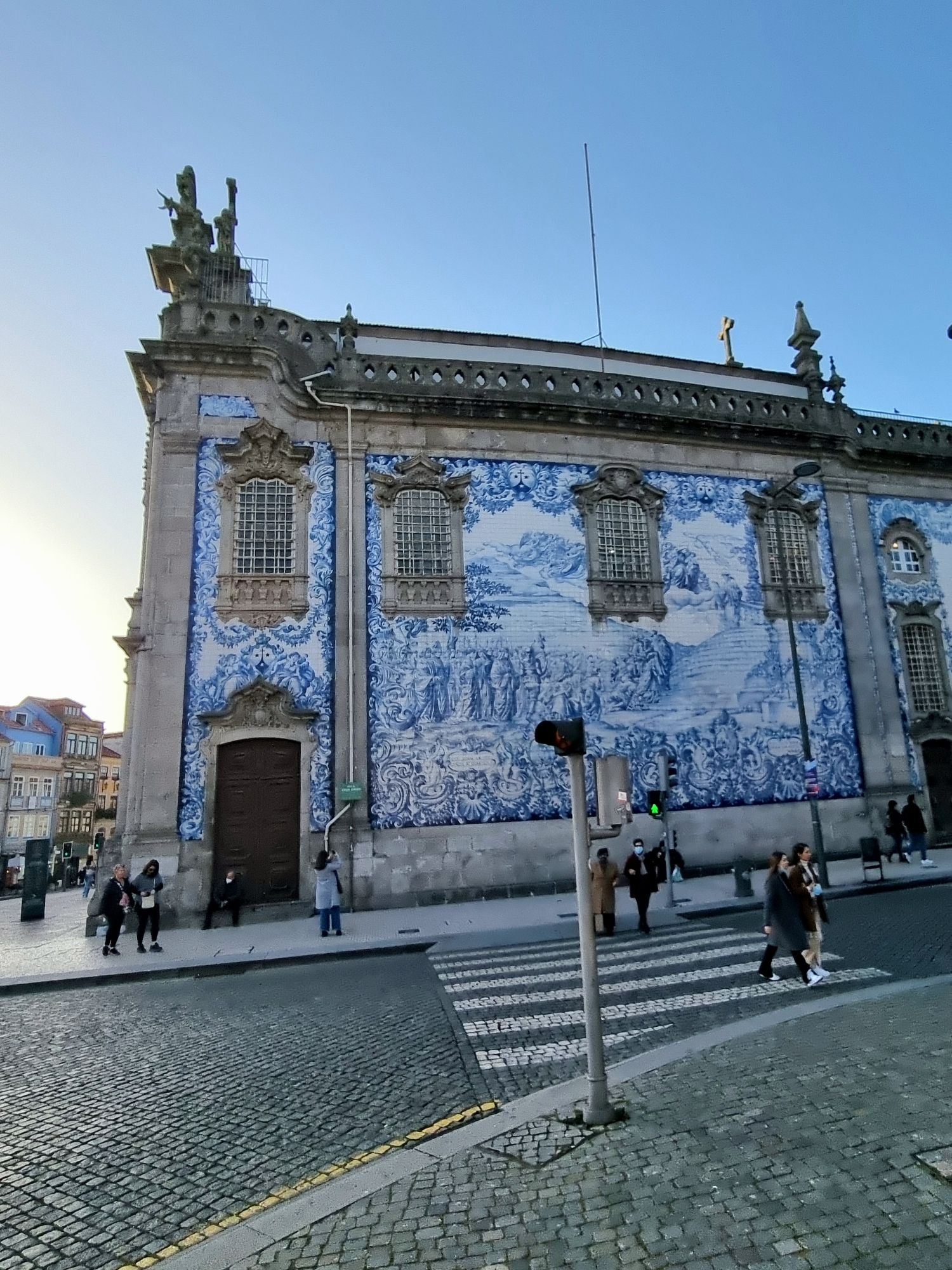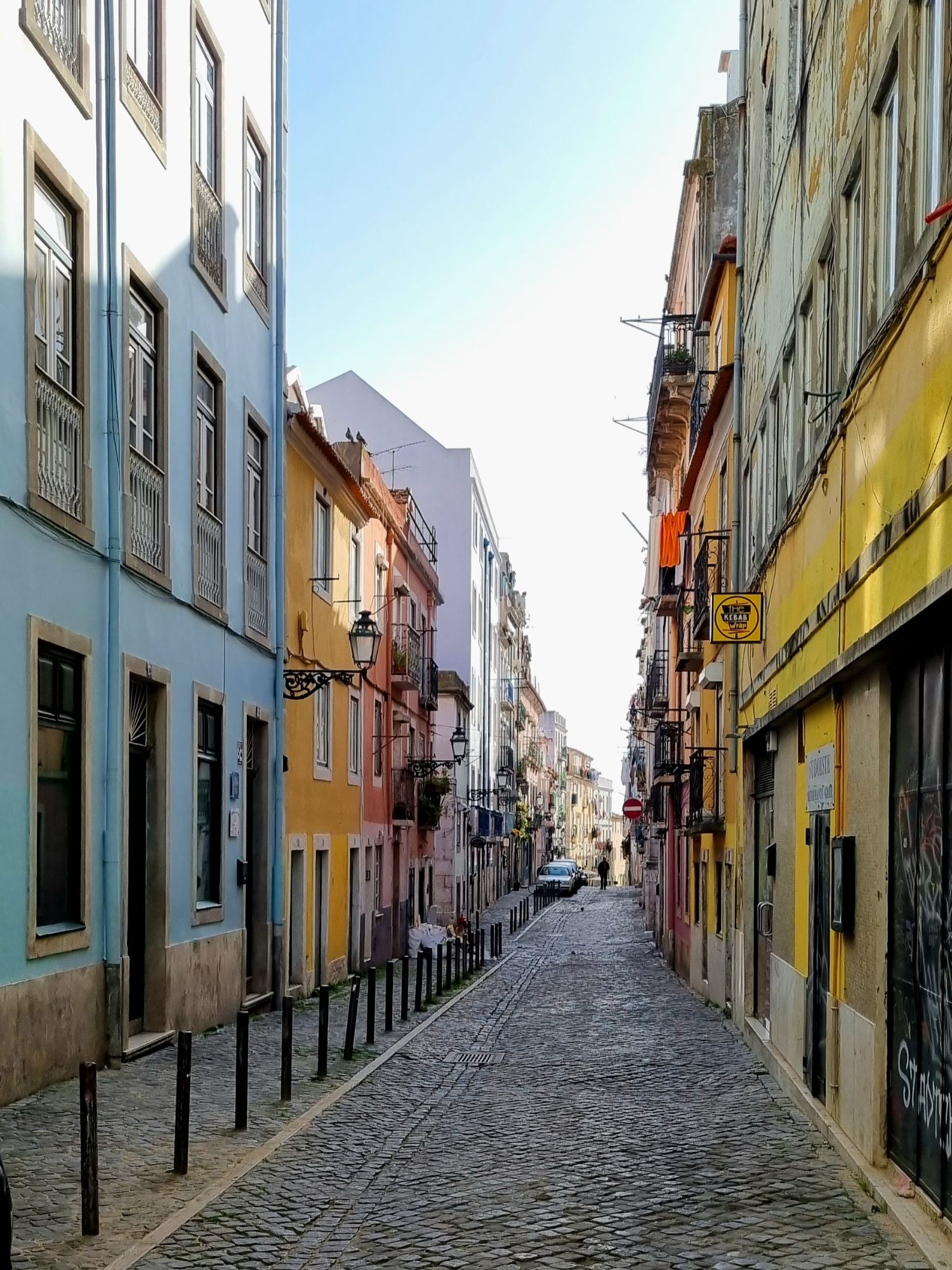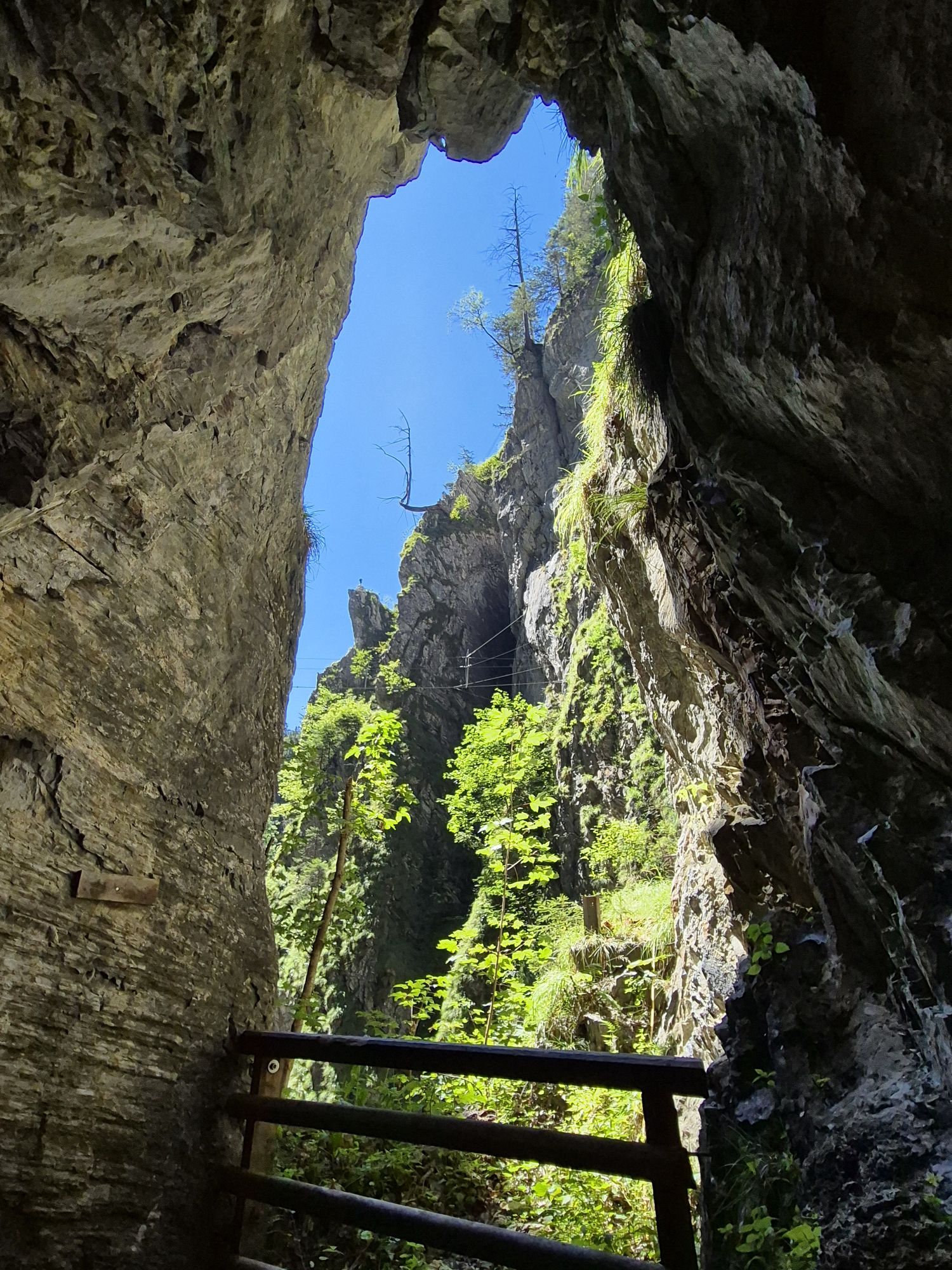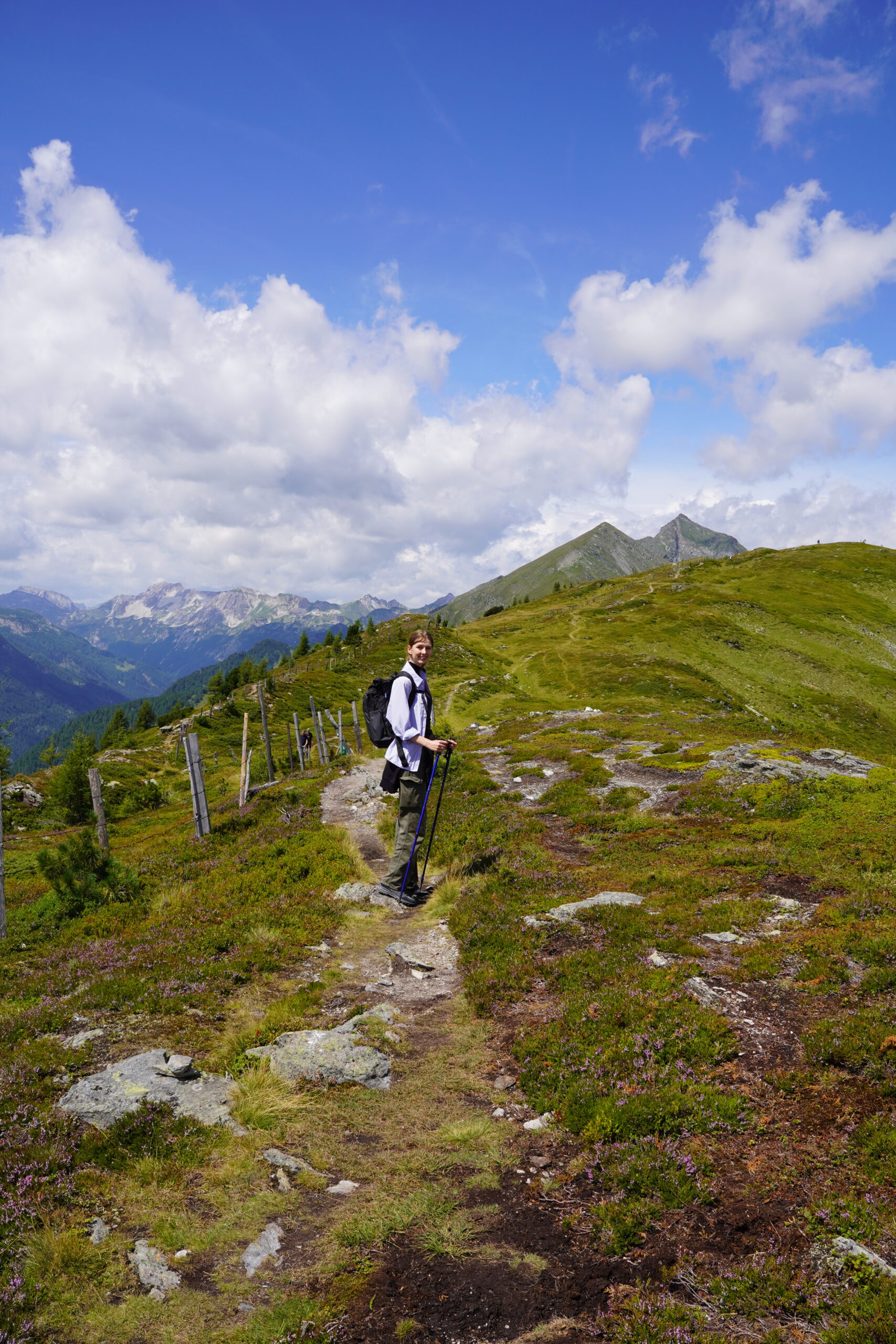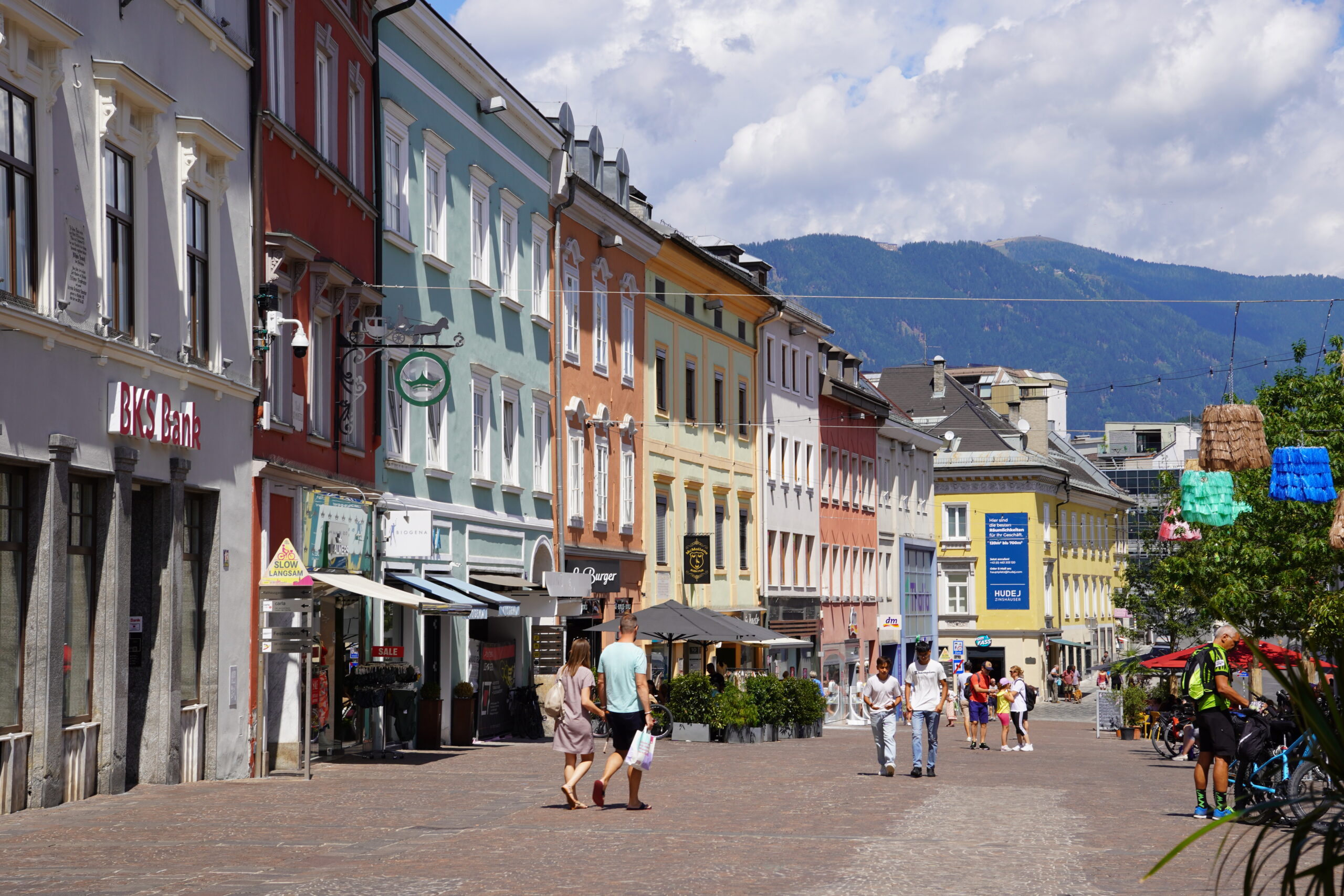Backpacking through Indonesia is an incredible adventure, climbing volcanoes, trekking through lush forests, exploring mystical temples, encountering unique wildlife, and so much more. However, with its vastness and diversity, planning your trip to Indonesia can initially seem overwhelming. Knowing where to begin your preparations is key to making the most of your Indonesian expedition.
To help you navigate your own adventure and maximize your experience, we’ve put together a comprehensive guide that covers all the essentials for backpacking through Indonesia.
When to travel to Indonesia?
The best time to travel to Indonesia can vary depending on the specific region you plan to visit, as the country experiences different climates and weather patterns throughout the year. Generally, Indonesia has two main seasons:
- Dry Season (May to September): This is the most popular time to visit Indonesia, as the weather is generally dry and sunny. It’s an excellent time for activities like trekking, diving, and exploring outdoor attractions. Bali, Java and Sumatra are particularly pleasant during this time.
- Wet Season (October to April): During this period, Indonesia experiences heavy rainfall, high humidity, and the possibility of monsoons. Some areas may have flooding and transportation disruptions. However, the wet season can also be a good time to visit if you’re looking for fewer crowds and lower prices.

How long should you visit Indonesia?
As for the duration of your trip, it depends on your interests and the places you want to explore. Indonesia is a vast and diverse country with plenty to see and do. A typical trip can range from a week to a month or more. Here are a few itinerary ideas:
- Bali and Neighboring Islands: If you’re seeking a blend of beaches, culture, and adventure, consider embarking on a journey to Bali and its neighboring islands. You will need a minimum of 10-14 days to ensure plenty of time for exploring Bali and perhaps venturing to one or two neighboring gems like Lombok, Nusa Penida, or the Komodo Islands.
- Java Exploration: For an in-depth exploration of Java’s cultural heritage and stunning natural landscapes. In order to really experience what the island has to offer, we recommend backpacking through Java for at least 2 weeks.
- Java and Bali Combined: Begin your adventure atop of one of Java’s many volcanoes and wrap it up with a soothing retreat on a beautiful Balinese beach. Experience the best of both worlds by embarking on a journey that encompasses Java and Bali. To cover the main highlights of these two islands, plan for a minimum of 3 weeks. Our detailed itinerary below will help you make the most of this remarkable trip.
Quick links with useful resources
Before diving into our recommended Indonesia itinerary for 3 weeks, here is a quick summary of resources you may find useful for your trip to Indonesia:
- What to pack for Indonesia
- Practical tips for arriving at Sukarno Airport
- Surviving the inevitable Bali Belly
Complete itinerary Java and Bali
To simplify your journey and help you make the most of your adventure, we’ve crafted a well-rounded three-week itinerary that takes you from the cultural heart of Java to the tropical paradise of Bali. Our itinerary covers all the top spots to visit, and the best part is that you can customize it to fit your schedule, budget and interests.


1. Jakarta
Day 1 – 2
✈️ Arrive at Soekharno Airport
Jakarta is not known for its popularity among tourists. The lonely planet we bought before our trip even starts their chapter about Jakarta with the line “Jakarta is not an easy city to fall in love with”. When we visited Jakarta we quickly understood why. The city is crowded and dirty, filled with traffic congestion, and simply lacks the immediate charm of some other Indonesian destinations. However, this doesn’t mean that you should skip out on Jakarta entirely. We recommend spending 2 days in the city if you are not in a rush to visit Indonesia’s highlights.


What the Jakarta lacks in beauty, it makes up for in interesting history. The remnants of Dutch colonialism are scattered throughout the city, especially in Kota Tua (Old Batavia) you can find many Dutch colonial buildings that take you back in time. Standing in stark contrast to these architectural relics is Monas (the National Monument), as a symbol of Indonesia’s hard-fought battle for independence.


Jakarta is also a city of diversity. In the city center you can find one of the largest mosques in Southeast Asia, the Istiqlal Mosque standing next to the Jakarta Cathedral. In addition, you can find many temples and shrines in Glodok, Jakarta’s Chinatown, which is the largest in Indonesia. Besides monuments, there are plenty of museums to visit, and if all else fails, you can always go to one of Jakarta’s gigantic shopping malls.
Want to read more about what you can do in Jakarta? Have a look at our in-depth Jakarta guide.
2. Bandung
Day 3-5
🚅 3 – 3.5 hours by train from Jakarta
Just a 3 to 3.5-hour train ride away from Jakarta lies Bandung. The city’s cooler climate is a welcome change from Jakarta’s heat. We recommend to stay about 3 days in Bandung, as this will give you plenty of time to explore the beautiful nature surrounding the city. One of our favorite experiences in Bandung was visiting a tea plantation. Wandering through these lush tea fields, with no other soul in sight, and taking in the breathtaking view of tea plantations spreading across the undulating hills, is a nearly magical experience. Of course there is much more to do and see in Bandung. You can also hiking in lush forests, visit caves, waterfalls, and get up close to volcanoes like Tangkuban Perahu and Kawah Putih.


We see Bandung as a good entry level destination, from which you can ease into hiking and see the first volcanoes of your trip. Admittedly, these volcanoes do not measure up to the ones yet to come, but they provide nice day trips nonetheless. Perhaps this explains why Bandung is not yet overrun by Western tourists while the city is a favored destination for many Jakarta locals to visit on their weekends.
Want to read more about what you can do in Bandung? Have a look at our in-depth Bandung guide.
3. Yogyakarta
Day 6-9
🚅 7 hours from Bandung
Now that you have enjoyed beautiful nature in Bandung, it’s time to hop into the train and head to Yogyakarta. The train ride to Yogyakarta takes 7 hours. While you can opt for a night train, we would advise against this, as you will miss out on seeing the breathtaking ricefields and charming villages that you pass on the way to Yogyakarta. Yogyakarta was one of our favorite cities in Java, it’s vibrant and rich of culture. We recommend you spend at least 3 full days here, but you could easily add a couple extra days as there is plenty to explore. In the heart of the city, a visit to Taman Sari, also known as the Water Palace, is a must. Another experience not to be missed is watching a captivating performance of the Ramayana Ballet. This traditional Javanese dance and theatrical show is a real cultural spectacle.


However, the true treasures of Yogyakarta are located about 1 hour outside the city: the famous Prambanan (a Hindu temple complex) and Borobudur (world’s largest Buddhist temple). These are two of Indonesia’s most iconic and historically significant UNESCO World Heritage Sites and (although expensive) are must-visit attractions for travelers interested in exploring Indonesia’s culture.
Want to read more about what you can do in Yogyakarta? Have a look at our in-depth Yogyakarta guide.
4. Malang
Day 10-13
🚅 7 hours from Yogyakarta
The last stop in Java is Malang, after which you’ll continue your journey to Bali. The fastest way to get to Malang from Yogyakarta is by taking a night train, which is a journey of around 7 hours. While the city of Malang has a lot to offer, such as the colourful villages Jodipan and Kampung Warna-Warni, but the most exciting parts of your time in Malang will be visiting the Tumpak Sewu (One of the most gorgeous waterfalls you’ll ever see). Malang is also used by many people as a starting point for their trip to Mount Bromo (the most iconic volcanic landscape in Indonesia). These will absolutely be the highlights of your Indonesia adventure.
Want to read more about what you can do in Malang? Have a look at our in-depth Malang guide.


How to get from Malang to Bali
From Malang you can continue your journey to Bali either via ferry or via airplane. Depending on what you want to see, and how you’d like to go to Bali we recommend one of two options.
1. Ferry:
Visit Tumpak Sewu from Malang, and head to Cemoro Lawang. Cemoro Lawang is a small village from which you can visit the Bromo Volcano. After visiting Mount Bromo, it’s an 6-7 hour ride to Banyuwangi from which you can take the 1-hour ferry to Bali. The advantage of this itinerary is that you can stop at 2/3 of the way to Banyuwangi to visit the Ijen Crater.
2. Airplane:
Visit Tumpak Sewu and Mount Bromo as daytrips from Malang. Tumpak Sewu is about 2 hours from Malang, Mount Bromo is about 4 hours from Malang. You can then go to Bali by plane departing at the nearby Surabaya airport.
(If you still would like to visit the Ijen Crater, consider a tour starting from Bali to the Crater)


We were able to visit Tumpak Sewu, Mount Bromo, and the Ijen Crater in only three days, because we booked a tour that provided a dedicated driver who picked-us up between sites. If you decide to do this: be prepared for an intense journey with long drives, steep climbs, and very little sleep. Depending on your fitness level, budget, and available time, you might opt for a more leisurely exploration.
You can find a detailed review of our experience with our tour operator [here].
5. Lovina
Day 14-17
🚗 3 hours from Ngurah Rai airport
Lovina is a city located on the north coast of Bali, that has a laid-back atmosphere, making it a great alternative to the overcrowded tourist areas in the southern part of the island. Accomodations are cheaper, and the area is quieter. One of Lovina’s main attractions is the opportunity to go dolphin watching. Early in the morning, tourists can take traditional outrigger boats (known as jukungs) to the open sea to witness dolphins playing in the water. If you are seeking adventure, you can go cliff diving at some of the waterfalls in the area, or go rafting. However, if you are looking for white, pristine shores, you might want to explore other areas of Bali, because Lovina’s beaches have black volcanic sand.
Had enough adventure? Lovina also provides an excellent setting for those eager to delve into Balinese culture through traditional cooking classes. Additionaly, Lovina also provides a great starting point for reaching some of Bali’s more popular landmarks such as the Ulun Danu Beratan Temple, the picturesque Handara Gates, the Sekumpul Waterfall.


6. Kuta
Day 18-21
🚗 3 hours from Lovina
We spent our last few days in Kuta, a coastal town in the southern part of Bali. Kuta Beach is a well-known destination for sunbathing and surfing. Its long stretch of golden sand attracts visitors from around the world. The waves are suitable for both beginners and experienced surfers. However, Kuta is, unlike Lovina, undeniably built for tourists with an abundance of souvenir shops and nightclubs. To be honest, this wasn’t exactly our cup of tea. However, the city’s proximity to the airport is a definite convenience, especially considering the notorious traffic in southern Bali. Additionally, staying in Kuta allows you to see some of the beautiful temples in the southern part of Bali, such as the iconic Tanah Lot Temple, and the cultural richness of the Uluwatu Temple.







